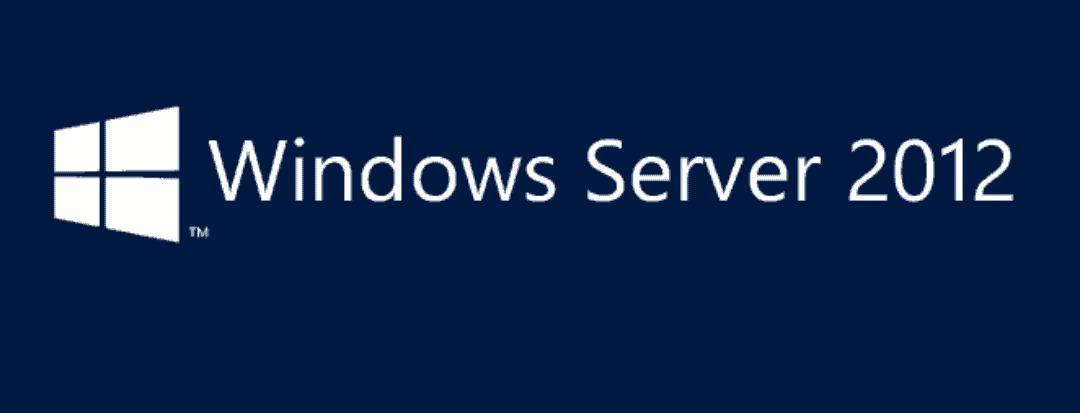
Server 2008 created a system that allows for servers that are independent of each other to work as a group together to increase the availability of applications and services. The combined servers are called nodes. These servers are connected physically and also via software.
If one of the servers in the node fails, then one that is online takes over the load from the part of the node that failed or disconnected. This feature, known as failover clustering, allows for minimal disruption of service.
In Server 2012, this feature is improved and able to handle and contribute in even bigger ways. The normal uses of Failover Clustering are for file servers, print servers, database servers, and messaging servers. Given that Server 2012 is all about taking advantage of virtualization within the server operating system, failover clustering has been targeted as a huge part of how administrators can maximize the capability of their virtual environment.
Just to give you a quick comparison of the capacity for failover clusters in Server 2012: you can have 64 nodes in Server 2012 versus 16 in Server 2008 R2. In Server 2012 you can have 8,000 virtual machines or clustered roles (up to 1,024 per node) versus 1,000 in Server 2008 R2.
Failover clustering allows for you take full advantage of patching clusters with a few clicks without a service interruption for your end users. Cluster-Aware Updating allows updates to be applied to the host operating system in clustered environments and ensures that everything stays available to the end users in the meantime.
Another feature of Failover Clustering centers around virtual machine priority. Administrators are able to set higher or lower priority for all virtual machines and clusters to make sure that higher priority VMs and clusters get restarted or started first. This allows you to spin up the essential parts of an environment first.
Did you see our post on how Server 2012 works better with Windows 8?